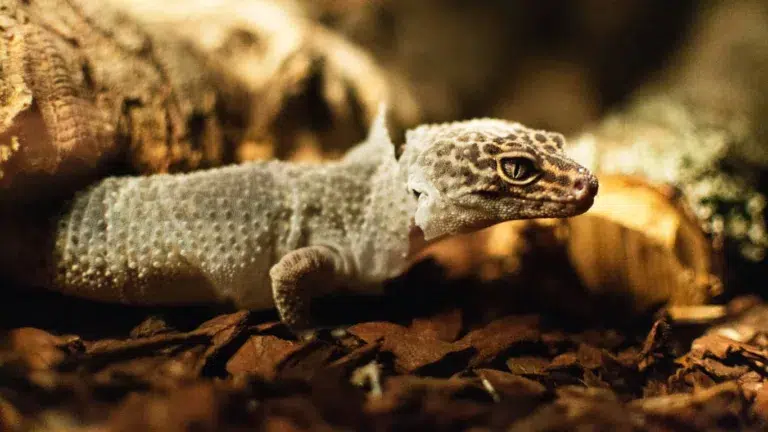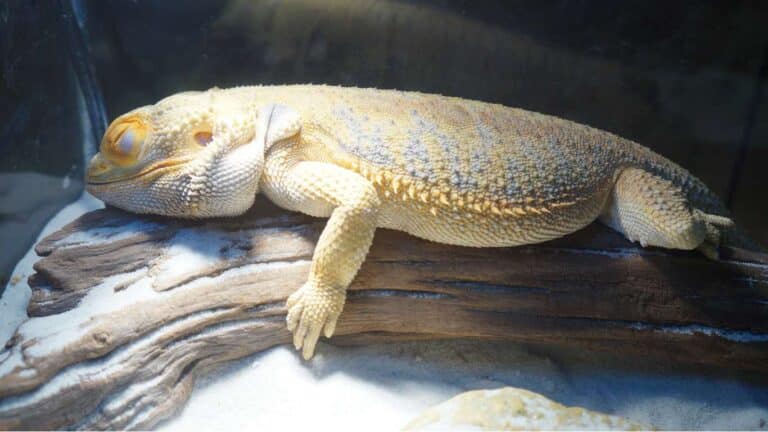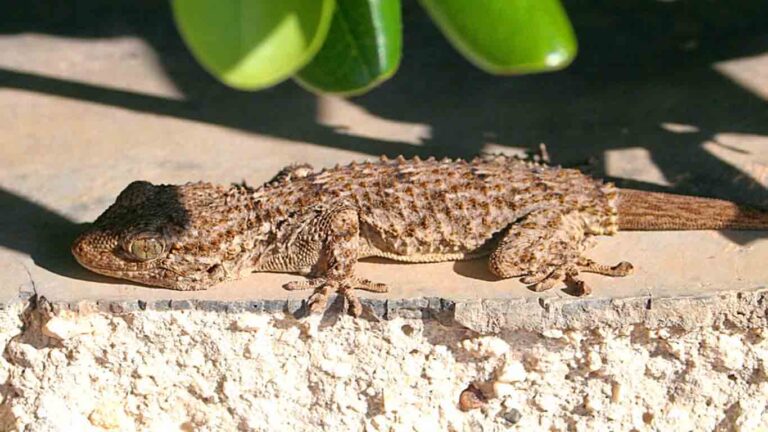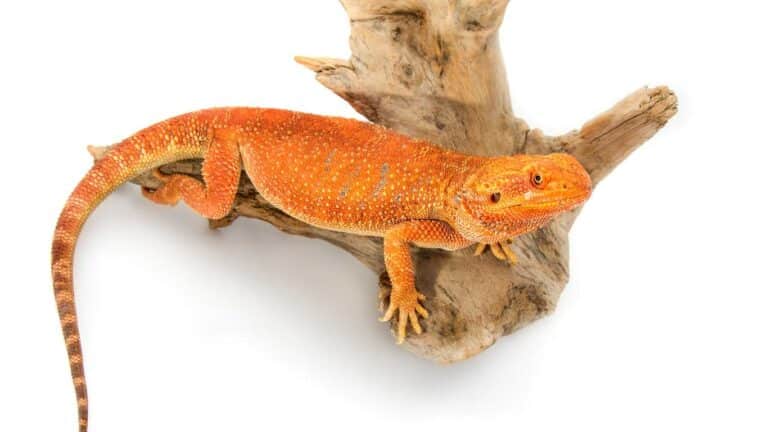Welcome to our comprehensive African Sideneck Turtle Care Guide! Whether you’re a beginner or an experienced reptile owner, this guide will provide you with all the information you need to create a happy and healthy environment for your beloved African Sideneck Turtle. From their unique appearance and behavior to their habitat requirements, diet, and health care, we’ve got you covered. Let’s dive in and discover the wonderful world of these fascinating aquatic turtles!
Shell Wisdom:
African Sideneck Turtle Appearance and Behavior
African sideneck turtles are known for their unique appearance and fascinating behavior. Let’s take a closer look at their characteristics and how they behave in their natural habitats.
Appearance
The African sideneck turtle has a distinct appearance that sets it apart from other turtle species. One notable feature is its inability to retract its head fully into its shell, resulting in a sideways tuck. This distinct characteristic gives the turtle its name. Additionally, African sideneck turtles have a dark brown shell and olive to brown skin with black markings on the head. These markings add to their overall charm and make them easily recognizable.
Behavior
African sideneck turtles are moderately active and inquisitive creatures. Once they become comfortable in their environment, they tend to explore and interact with their surroundings. However, it is important to note that they can be shy at first and may exhibit defensive behaviors such as hiding in their shells or biting when they feel threatened or provoked.
It is crucial to provide a safe and secure habitat for African sideneck turtles to minimize stress and promote their well-being. They require a tank setup that includes both water and land areas to accommodate their natural behavior. The availability of ample space and appropriate environmental enrichment encourages their natural behaviors and promotes their overall health.
“African sideneck turtles have a distinctive sideways tuck appearance and are known for their moderate activity levels and inquisitive nature.”
It’s important to remember that African sideneck turtles may carry salmonella bacteria, which can be harmful to humans. As a result, regular handling is not recommended. Instead, it is best to interact with them through observation and providing proper care to ensure their well-being.

African Sideneck Turtle Habitat Requirements
African sideneck turtles require a spacious tank setup to meet their habitat needs. It is crucial to create a comfortable and secure environment that mimics their natural habitat. Here are the key requirements for an optimal turtle habitat:
- Aquarium Size: A minimum recommendation is a 75-gallon tank to accommodate the turtle’s size and provide ample swimming space. The tank should be large enough to allow the turtle to swim freely and engage in natural behaviors.
- Water Depth: The tank should be filled with water to a depth of at least half to three-quarters full. This allows the turtle to fully submerge and swim comfortably. Ensure that the depth is appropriate for the turtle’s size, allowing it to navigate easily.
- Dry Land Area: Provide a dry land area in the tank using floating docks or large rocks. This allows the turtle to climb out of the water to bask and dry off properly. The elevated platform should be secure and stable to support the turtle’s weight.
- Secure Lid: Install a secure metal mesh screen lid on the tank to prevent escape and keep the turtle safe from other pets or potential hazards in the surroundings. This lid should be strong enough to withstand the turtle’s attempts to escape.
- Water Filtration: A quality water filter is necessary to maintain clean water and prevent the buildup of waste and harmful toxins. Consider using a canister-style filter capable of handling at least twice the amount of water in the tank. Regular water changes may also be required to ensure optimal water quality.
- Water Quality: Dechlorinate the water used in the tank and monitor the pH level using water test strips from a pet store. Aim to maintain a pH of 6.5, as this is suitable for African sideneck turtles. Regularly test the water to ensure the ideal conditions for the turtle’s health.
- Supplemental Heat: African sideneck turtles require supplemental heat to regulate their body temperature. A heat lamp should be clustered over the basking area, providing a temperature of around 90°F. This warm spot allows the turtle to thermoregulate and bask as needed.
- UVB Lighting: UVB lighting is vital for the turtle’s overall health and calcium metabolism. Provide a UVB-emitting lamp with a recommended daily exposure of 12 hours. Place the lamp around 10-12 inches away from the basking spot to ensure the turtle receives adequate UVB radiation.
- Substrate: While not essential, some turtle owners choose to include substrate in the tank for aesthetic purposes. If desired, options such as sand or large pebbles can be used as substrate. However, ensure that the substrate is clean and free from any potential contaminants.
By meeting these habitat requirements, you can ensure a suitable and enriching environment for your African sideneck turtle, promoting its overall health and well-being.

African Sideneck Turtle Diet and Nutrition
African sideneck turtles are omnivorous and require a balanced diet to stay healthy and thrive. Their diet should consist of a combination of plant-based and animal-based foods to provide the necessary nutrients. Here is a breakdown of their dietary requirements:
Plant Material:
- Collard greens
- Dandelion greens and flowers
- Endive
- Lettuce
- Kale
- Squash
- Carrots
- Green beans
- Sweet potato
Protein:
- Insects
- Fish
- Crustaceans
- Aquatic turtle pellets
It is important to avoid feeding African sideneck turtles land-dweller meat such as beef or chicken, as it may not provide the necessary nutrition and can lead to health issues.
Young turtles may require a higher protein diet to support their growth, while older turtles should have a higher proportion of vegetables. Gradually adjust their diet as they grow.
Commercial Turtle Pellets:
Include commercial turtle pellets in their diet to ensure they receive the essential vitamins and minerals they need. These pellets are specially formulated for turtle nutrition and provide a convenient and balanced food source.
Feeding frequency may vary depending on the age of your turtle. Young turtles should be fed daily, while older turtles can be fed 1-2 times a week. It is important to monitor their weight and adjust the feeding schedule accordingly.
| Age | Feeding Frequency |
|---|---|
| Youth (0-1 year) | Daily |
| Young adult (1-5 years) | Every other day |
| Adult (5+ years) | 1-2 times a week |
Remember to provide fresh, clean water at all times and remove any uneaten food to maintain water quality. Providing a balanced diet ensures the overall health and longevity of your African sideneck turtle.

African Sideneck Turtle Lighting and Heating Requirements
African sideneck turtles require proper lighting and heating to ensure their health and well-being. These requirements include exposure to UVB light and maintaining the appropriate temperature in their habitat. Providing the right lighting and heating setup is essential for the overall care of your African sideneck turtle.
UVB Lighting for Calcium Metabolism
UVB light is crucial for the calcium metabolism of African sideneck turtles. This type of light can be provided by a UVB-emitting lamp, which should be positioned approximately 10-12 inches away from where the turtle sits outside of the water. It is important to note that UVB lamps should be replaced every 6-9 months to ensure optimal output. Providing sufficient UVB lighting will help your turtle maintain healthy bone growth and prevent potential health problems related to calcium deficiency.
Heat Lamp for Body Temperature Regulation
Moreover to UVB lighting, a heat lamp is necessary to maintain your African sideneck turtle’s body temperature. The basking area temperature should be around 90°F, while the water temperature should stay under 85°F but not cooler than 70°F. Cluster heat lamps over a sturdy basking branch or rock, creating a warm and comfortable spot for your turtle to relax and regulate its body temperature. Avoid using ceramic heat emitters, red bulbs, or blue bulbs as they can disrupt the natural day-night cycle of your turtle and potentially affect its behavior.
Monitoring and Maintaining Temperature
To ensure that the lighting and heating in your turtle’s habitat are in the appropriate range, it is crucial to monitor the temperature using a digital probe thermometer and a high-quality aquarium thermometer. Regularly check the basking area temperature and water temperature to make sure they fall within the recommended range. Maintaining the right temperature is vital for the overall health and well-being of your African sideneck turtle.
| Lighting Requirements | Temperature Requirements |
|---|---|
| UVB light for calcium metabolism | Basking area temperature: around 90°F |
| Replacement of UVB lamps every 6-9 months | Water temperature: under 85°F, but not cooler than 70°F |
| Heat lamp for body temperature regulation |
Proper lighting and heating are essential components of a successful African sideneck turtle tank setup. By providing the right UVB light and maintaining the appropriate temperature, you can ensure the health and well-being of your turtle. Remember to regularly monitor the temperature and replace UVB lamps as needed to create a comfortable and optimal environment for your African sideneck turtle.
African Sideneck Turtle Tank Maintenance
Proper tank maintenance is crucial for the health and well-being of your African sideneck turtle. By implementing regular care routines, you can ensure a clean and safe environment for your pet.

Water Filtration
Water filtration is essential to keep the turtle’s tank clean and free from toxins. It’s recommended to use a canister-style filter that can handle at least twice the amount of water in the tank. This ensures efficient filtration and keeps the water quality optimal.
Routine Water Changes
Regular water changes are necessary to maintain a healthy aquatic habitat for your turtle. Aim to perform water changes every 1-2 weeks, removing and replacing approximately 30% of the total water volume. This helps remove accumulated waste and prevent the buildup of harmful bacteria.
Water Dechlorination and pH Regulation
Dechlorinating the water is crucial to ensure it’s safe for your turtle. Use water conditioners specifically designed for reptiles to remove chlorine and chloramines from tap water. Additionally, maintaining a pH level of around 6.5 is important for the turtle’s well-being. Test strips can be used to monitor and adjust the pH as needed.
Tank Cleaning
Regular cleaning of the tank is essential to prevent the buildup of waste and bacteria. Remove any debris or foreign objects from the tank to maintain a clean and safe environment for your turtle. Wiping down the tank walls and cleaning any decorations or substrate can help keep the tank pristine.
Turtle Health and Hygiene
Maintaining good turtle health and hygiene is an important aspect of tank maintenance. Regularly monitor your turtle for any signs of illness or injury. Practice good hygiene by washing your hands thoroughly after handling the turtle or any objects in the tank. This helps prevent the spread of bacteria, such as salmonella.
African Sideneck Turtle Health and Veterinary Care
Proper healthcare is essential for ensuring the well-being of your African sideneck turtle. Regular veterinary check-ups are crucial for monitoring their health and addressing any potential issues that may arise. African sideneck turtles are susceptible to respiratory infections, parasitic infections, and vitamin A deficiency.
Respiratory Infections
Respiratory infections are common in African sideneck turtles and can cause symptoms such as wheezing, excess mucus, and difficulty breathing. If you notice any of these signs, it is important to consult a veterinarian who specializes in reptiles immediately. They will be able to diagnose the infection and prescribe appropriate treatment, which may include antibiotics or other medications. Early detection and treatment are essential for preventing the infection from worsening and affecting the turtle’s overall health.

Parasitic Infections
Parasitic infections in African sideneck turtles may not show obvious symptoms initially but can have serious consequences if left untreated. Regular veterinary check-ups can help identify and treat parasitic infections. Your veterinarian may recommend fecal testing to check for the presence of parasites and prescribe the appropriate deworming medication if necessary. Preventive measures, such as maintaining proper hygiene and cleanliness in the turtle’s habitat, can help minimize the risk of parasitic infections.
Vitamin A Deficiency
Vitamin A deficiency is another health concern for African sideneck turtles. If your turtle exhibits swelling and pus around the eyes, it may be indicative of a vitamin A deficiency. A veterinarian can diagnose the deficiency and provide the necessary treatment, which may include supplementation with vitamin A or adjustments to the turtle’s diet. Providing a balanced and varied diet that includes foods rich in vitamin A, such as leafy greens and other vegetables, can help prevent this deficiency.
Regular veterinary care is crucial for maintaining the health and well-being of your African sideneck turtle. Consulting a veterinarian who specializes in reptiles ensures that your turtle receives the proper diagnosis and treatment. Remember to observe your turtle closely for any signs of illness and provide a clean and appropriate environment for their care.
Where to Get an African Sideneck Turtle
If you’re interested in bringing an African Sideneck Turtle into your home as a pet, there are a few options for obtaining one. Reputable breeders and rescue organizations are the best places to start your search. These sources can provide valuable information about the turtle’s origin and health, ensuring you make an informed decision.
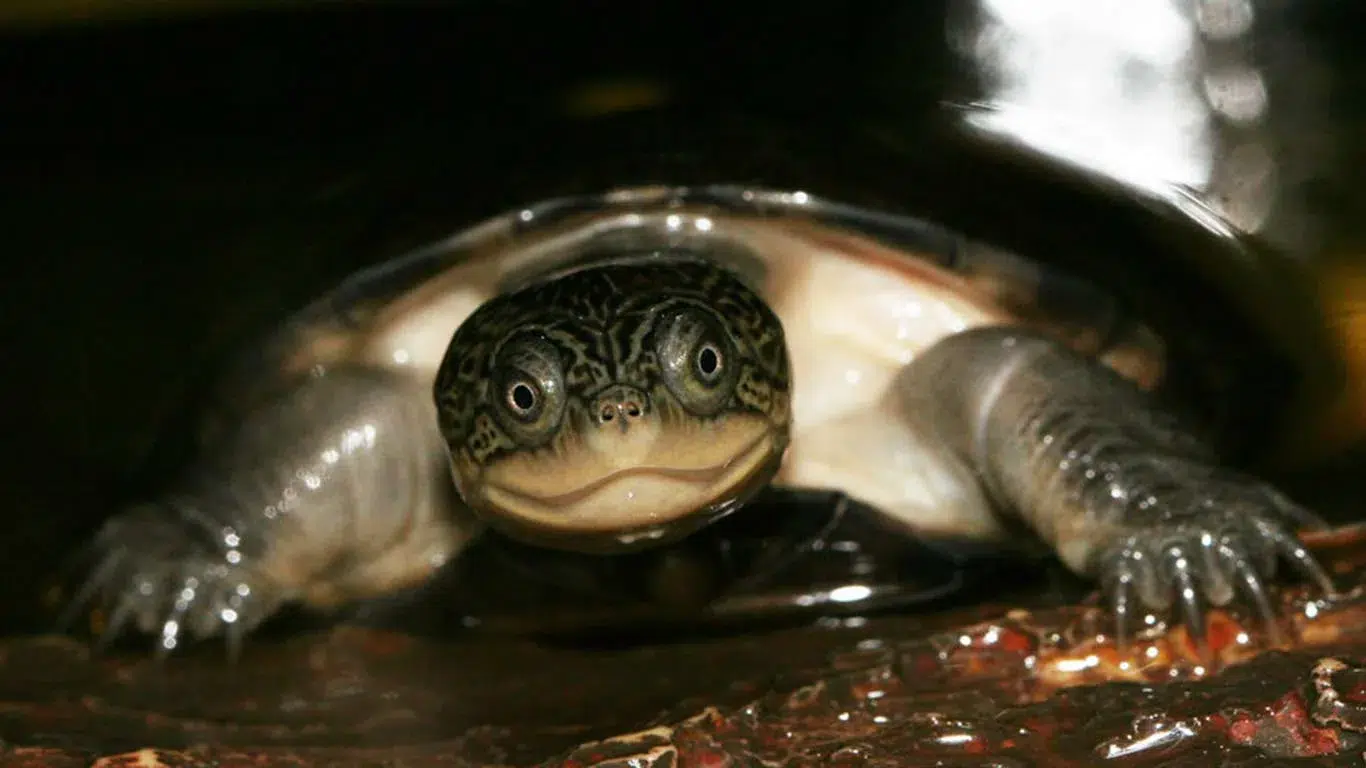
When selecting a turtle, it’s important to carefully observe their condition. Look out for signs of illness such as shell flakiness, difficulty breathing, lethargy, or a lack of appetite. Healthy turtles will have clear and bright eyes, a smooth shell, and active behavior.
Young African Sideneck Turtles can typically be purchased for a price range of $50 to $100, depending on the breeder and the turtle’s specific characteristics.
While it may be tempting to purchase an African Sideneck Turtle from a pet store or online marketplace, it’s generally recommended to avoid these sources unless they can provide proper documentation and health guarantees. By purchasing from responsible breeders and avoiding the illegal wildlife trade, you can help ensure the well-being of these turtles and support ethical practices in the pet industry.
It’s important to note that African Sideneck Turtles are considered exotic pets and require specific care. Before making the decision to bring one into your home, make sure you’re prepared to meet their unique needs and provide them with a suitable habitat.
Proper Handling and Interactions with African Sideneck Turtles
African sideneck turtles require proper handling and interactions to ensure their well-being and minimize stress. However, it is important to note that regular handling is not recommended for these turtles as they can easily become stressed and may bite when provoked. Instead, it is best to focus on observing and providing proper care for these shy creatures.
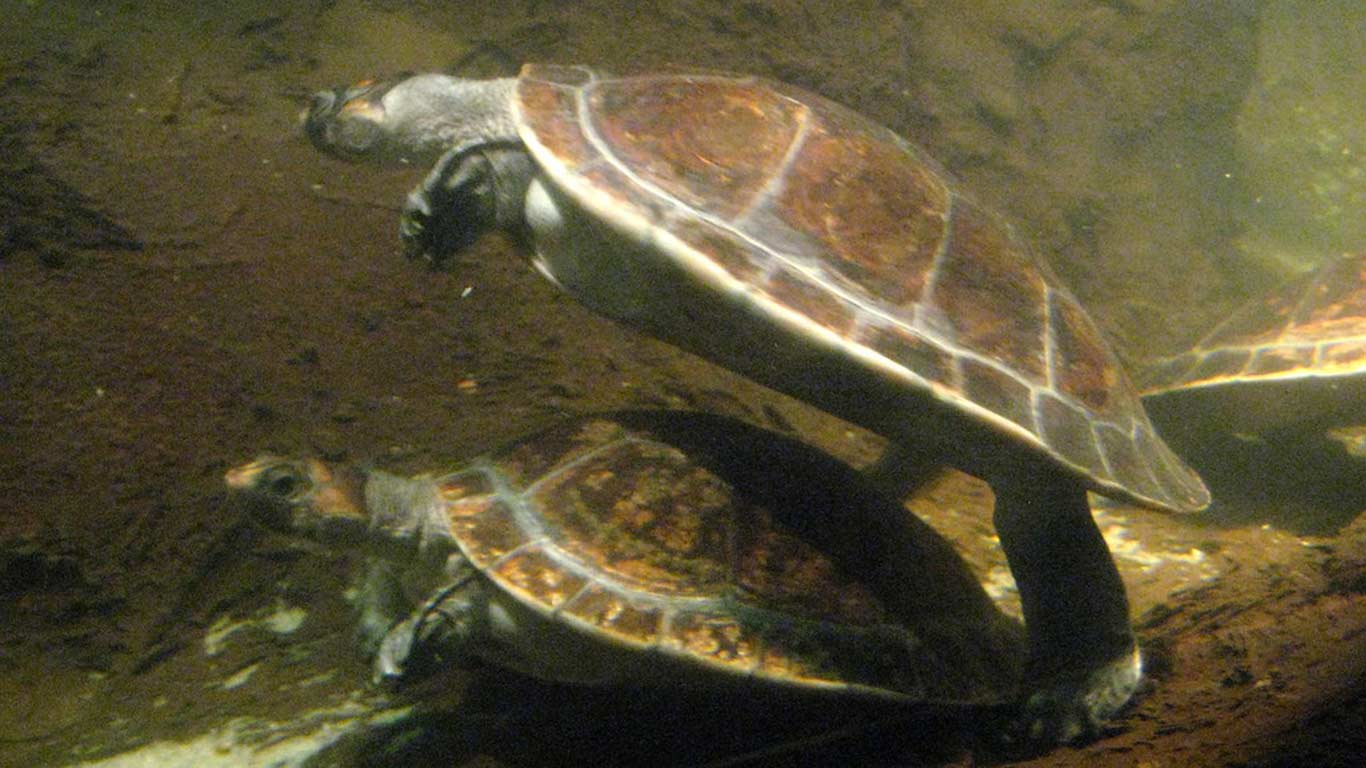
When interacting with your African sideneck turtle, it is crucial to practice good hygiene. Always remember to wash your hands thoroughly after handling anything in their environment, as they may carry salmonella bacteria.
To facilitate socialization, frequent interactions without handling can be beneficial. Spend time near the turtle’s aquarium, allowing them to become comfortable and accustomed to your presence. This will help build a sense of trust and minimize stress for the turtle.
It is important to respect the natural behavior and temperament of African sideneck turtles. Avoid forcing them to interact or handling them against their will. By observing and providing proper care, you can ensure a positive and enriching experience for both you and your turtle.
Benefits of Limited Handling:
- Minimizes stress for the turtle
- Reduces the risk of bites and injuries
- Promotes natural behavior and well-being
- Builds trust and familiarity over time
Expert Tip:
“If you do need to handle your African sideneck turtle, it’s best to do so sparingly and with caution. Always handle them low to the ground, supporting their body and avoiding any sudden movements that may startle them.”
– Dr. Sarah Thompson, Exotic Pet Veterinarian
Pros and Cons of Owning an African Sideneck Turtle
Owning an African Sideneck Turtle can be a rewarding experience, but it’s essential to consider the pros and cons before bringing one into your home. Understanding these factors will help you make an informed decision about whether an African Sideneck Turtle is the right pet for you.

Advantages of Owning an African Sideneck Turtle
- Unique Appearance: African Sideneck Turtles have a distinct and fascinating appearance, with their dark brown shell and olive to brown skin with black markings on the head. Their perpetual smile adds to their charm, making them a visually appealing pet.
- Long Lifespan: These turtles can live for 25 to 50 years or more, providing long-term companionship. They are a great choice for pet owners looking for a pet that can be with them for a significant part of their lives.
- Moderate Care Requirements: African Sideneck Turtles have moderate care requirements, making them suitable for beginners and experienced reptile enthusiasts alike. With proper habitat setup and regular maintenance, they can thrive in a home environment.
- Fascinating Behavior: African Sideneck Turtles exhibit interesting behavior, such as swimming, basking, and exploring their surroundings. Observing their natural behaviors can be both educational and entertaining.
Drawbacks of Owning an African Sideneck Turtle
- Poor Tolerance for Handling: African Sideneck Turtles do not tolerate regular handling well and may become stressed or aggressive. They are more suitable as observing pets rather than pets that can be frequently handled.
- Specific Habitat and Dietary Needs: These turtles require a specific habitat setup, including a large tank with both water and land areas, as well as UVB lighting and a varied diet. Meeting their specific needs may require some investment and commitment from the owner.
- Possible Health Risks: African Sideneck Turtles, like other reptiles, can carry salmonella bacteria. It is crucial to practice good hygiene and wash hands thoroughly after any interaction with the turtle or its environment.
Considering the pros and cons will help you determine if owning an African Sideneck Turtle aligns with your lifestyle and preferences. If you are willing to provide the necessary care and accommodations, these unique turtles can be a fascinating addition to your home.
Join the Pet Planet Diaries
Sign up for our newsletter to get the latest tips, stories, and exclusive insights into the wonderful world of pets.
Final Remarks
Proper care and attention are vital for the well-being of African sideneck turtles. These unique and fascinating aquatic turtles require specific care needs, including a large tank setup, appropriate lighting and heating, a balanced diet, regular tank maintenance, and veterinary care. Although they may not be suitable for regular handling, they can make fantastic observing pets due to their interesting behavior and long lifespan.
By providing the right environment, diet, and healthcare, you can ensure that your African sideneck turtle thrives and lives a happy, healthy life as your pet companion. Remember to maintain a large tank with a dry land area, use quality water filtration systems, and provide UVB lighting for proper calcium metabolism. It is crucial to feed them a balanced diet consisting of both plant-based and animal-based foods and to regularly monitor their health through veterinary check-ups.
African sideneck turtles are a unique addition to any reptile enthusiast’s home. With the proper care and attention, you can enjoy the presence of these captivating creatures and provide them with a fulfilling life in your care.
FAQ
What do African sideneck turtles look like?
African sideneck turtles have a dark brown shell, olive to brown skin with black markings on the head, large round eyes, and a perpetual smile.
How big do African sideneck turtles get?
African sideneck turtles are medium-sized, reaching a length of 7 to 12 inches.
How long do African sideneck turtles live?
African sideneck turtles can live for 25 to 50 years or more.
Can African sideneck turtles retract their heads into their shells?
No, African sideneck turtles cannot retract their heads entirely inside their shells.
What type of tank setup do African sideneck turtles require?
African sideneck turtles require a large aquarium, preferably a 75-gallon tank, with a water depth of at least half to three-quarters full.
What kind of diet do African sideneck turtles need?
African sideneck turtles are omnivores and should be fed a balanced diet of plant material, insects, fish, crustaceans, and aquatic turtle pellets.
Do African sideneck turtles tolerate handling well?
No, African sideneck turtles do not tolerate handling well and may bite when provoked.
How often do African sideneck turtles need veterinary check-ups?
Regular veterinary check-ups are important to monitor their health and treat any potential respiratory infections or vitamin deficiencies.
Where can I get an African sideneck turtle?
African sideneck turtles can be acquired from reputable breeders or rescue organizations.
Can African sideneck turtles carry salmonella bacteria?
Yes, African sideneck turtles can carry salmonella bacteria, so proper hygiene is essential.
What are the pros and cons of owning an African sideneck turtle?
Owning an African sideneck turtle has advantages such as their unique appearance and long lifespan, but drawbacks include their intolerance to regular handling and specific habitat and dietary needs.




